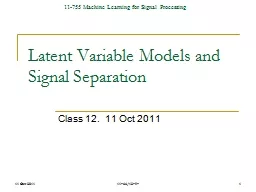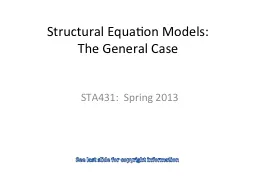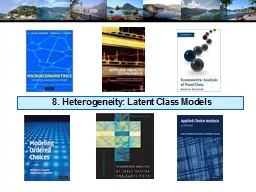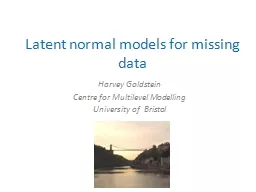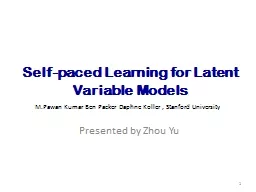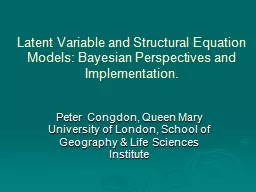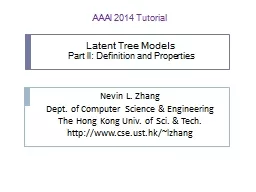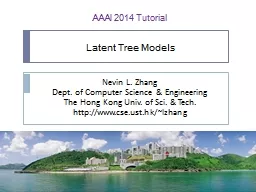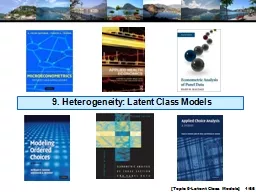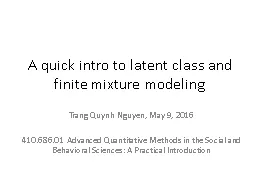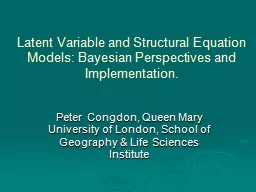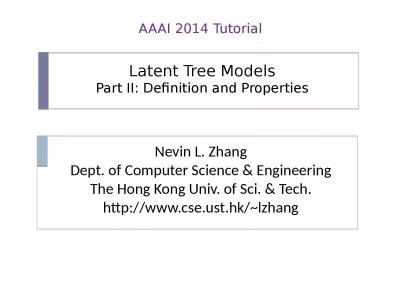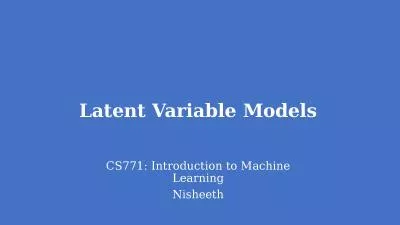PPT-Latent Variable Models and Signal Separation
Author : pamella-moone | Published Date : 2017-06-09
Class 12 11 Oct 2011 11 Oct 2011 1 1175518797 1175518797 Summary So Far PLCA The basic mixturemultinomial model for audio and other data Sparse Decomposition The
Presentation Embed Code
Download Presentation
Download Presentation The PPT/PDF document "Latent Variable Models and Signal Separa..." is the property of its rightful owner. Permission is granted to download and print the materials on this website for personal, non-commercial use only, and to display it on your personal computer provided you do not modify the materials and that you retain all copyright notices contained in the materials. By downloading content from our website, you accept the terms of this agreement.
Latent Variable Models and Signal Separation: Transcript
Download Rules Of Document
"Latent Variable Models and Signal Separation"The content belongs to its owner. You may download and print it for personal use, without modification, and keep all copyright notices. By downloading, you agree to these terms.
Related Documents

